The nineteenth-century painter Paul Kane (1810–1871) was the first and only artist in Canada to embark upon a pictorial and literary project featuring the country’s Indigenous peoples, using the medium of portraiture in a time before the dominance of photography. Kane was working within a model initiated by Swiss artist Karl Bodmer (1809–1893) and American artist George Catlin (1796–1872) and adopted by Americans such as Alfred Jacob Miller (1810–1874), John Mix Stanley (1814–1872), and Seth Eastman (1808–1875), all of whose public profiles were enhanced through exhibition and publication.
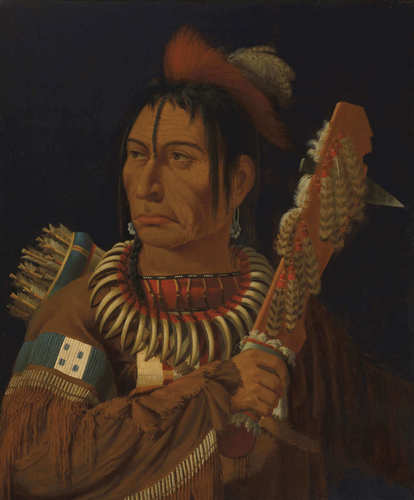
Paul Kane, Head Chief of the Assiniboines (Portrait of Mah-min), Assiniboine, c.1849–56
Oil on canvas, 76.3 x 63.9 cm, Royal Ontario Museum, Toronto
Kane’s objective, according to the preface of his book Wanderings of an Artist among the Indians of North America (1859), was to “sketch pictures of the principal chiefs, and their original costumes, to illustrate their manners and customs, and to represent the scenery of an almost unknown country.” It was a challenge to which he rose, despite the numerous obstacles, such as cultural differences, harsh terrain, and the difficulty of obtaining patronage. During his travels Kane encountered over thirty different tribes, and he painted their vibrant cultural traditions as well as individual portraits.
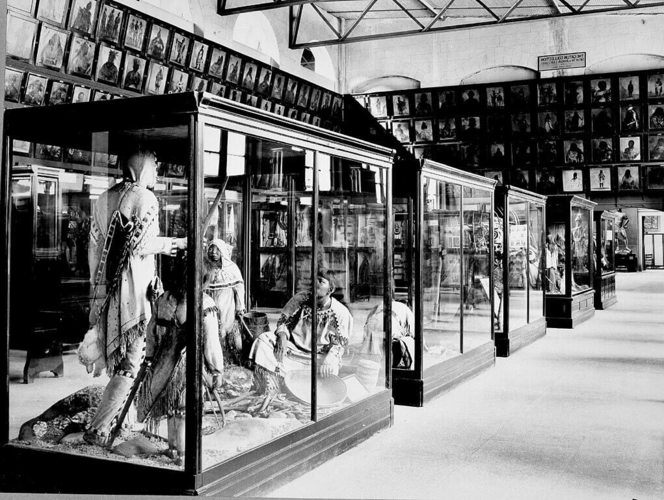
George Catlin’s Indian Gallery paintings installed alongside Native American dioramas, at the United States National Museum, Washington, D.C., c.1901.
Kane’s mission to record the life of Indigenous peoples of the Northwest has all the hallmarks of what later became known as the salvage paradigm in which a dominant society attempts to save through documentation the culture of another that it considers to be at risk of vanishing. This motivation is particularly clear in George Catlin’s Indian Gallery project, created in direct response to the U.S. government’s agenda to remove the Indigenous people to reservations. Although Canadian policy was less overt, this idea did have currency in Canada and was mentioned in 1852 in the context of an exhibit of Kane’s paintings. Kane’s attitude seems to have supported the salvage imperative as he accepted the inevitability of the Indigenous peoples’ demise caused by the relentless encroachment of Western civilization.

Paul Kane, Culchillum Wearing a Medicine Cap, April–June 1847
Watercolour on paper, 12.3 x 11.4 cm, Stark Museum of Art, Orange, Texas
His legacy, which documents a unique aspect of Canadian history, is threefold: the hundreds of sketches and drawings; the ensuing cycle of one hundred studio paintings; and the journal he wrote, with its subsequent incarnation as an illustrated book. Yet a conundrum lies at the heart of Kane’s work. Contemporary critical analysis pegs Kane as an appropriator who profited from picturing the lives of disempowered Indigenous peoples, and even as a racist who failed to adequately respect the cultures he encountered and portrayed. The works he produced reflect the prevailing attitudes toward Indigenous peoples held by white society in the mid-nineteenth century; the oil paintings featured the trope of the “noble savage,” making them particularly compelling in the artist’s day. Wanderings of an Artist likewise reinforced this attitude, a stereotype that was a product of the Western world’s Romantic vision of Indigenous people and their ancestral lands, which had been colonized by Europe.
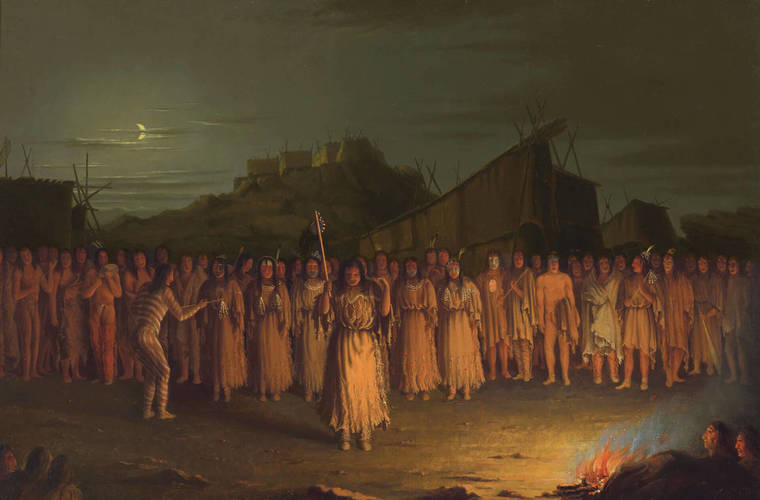
Paul Kane, Scalp Dance, Colville, Colville (Interior Salish), c.1849–56
Oil on canvas, 47.9 x 73.7 cm, Royal Ontario Museum, Toronto
However, Kane did make copious detailed and accomplished renderings of individuals and their thriving and vital culture. By today’s sensibilities it is the hundreds of sketches that Kane produced that are most compelling. Regarded as fresh and immediate, the sketches are valued as bearers of authenticity, created by an eyewitness with a fine talent for capturing the subject matter before him. His work has no photographic parallel, for no one had yet turned a camera on the prairies and beyond. Kane thus built an enduring and valuable primary visual record of a culture that we otherwise would not have.
This Essay is excerpted from Paul Kane: Life & Work by Arlene Gehmacher.
 Karen Tam’s Autumn Tigers
Bridging Past and Present: Invisible Made Visible
By Imogene L. Lim, PhD
Karen Tam’s Autumn Tigers
Bridging Past and Present: Invisible Made Visible
By Imogene L. Lim, PhD
 The Frontier Portraits of C.D. Hoy
A Chinese Canadian Photographer’s Tribute to His Community
By Faith Moosang
The Frontier Portraits of C.D. Hoy
A Chinese Canadian Photographer’s Tribute to His Community
By Faith Moosang
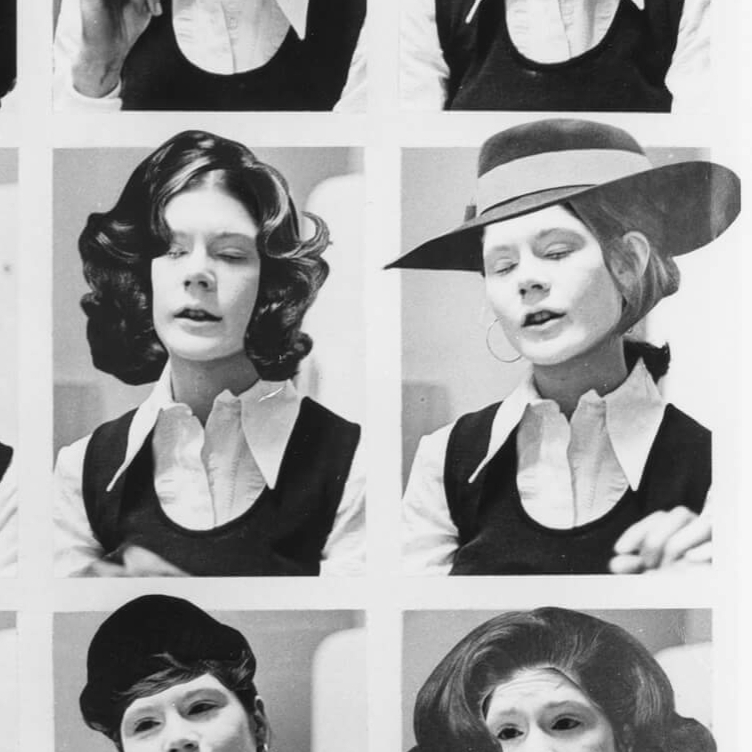 Interrogating Identity
Suzy Lake explores the role of photography in shaping how we understand and see ourselves
By Erin Silver
Interrogating Identity
Suzy Lake explores the role of photography in shaping how we understand and see ourselves
By Erin Silver
 An Emboldened Artist
How Oviloo Tunnillie achieved rare international acclaim as an Inuit female sculptor
By Darlene Coward Wight
An Emboldened Artist
How Oviloo Tunnillie achieved rare international acclaim as an Inuit female sculptor
By Darlene Coward Wight
 Painting the Cultural Mosaic
William Kurelek traversed the country in a quest to capture its diverse inhabitants
By Andrew Kear
Painting the Cultural Mosaic
William Kurelek traversed the country in a quest to capture its diverse inhabitants
By Andrew Kear
 Domestic Discontent
Mary Pratt’s poetic scenes of home life are praised for their political edge
By Ray Cronin
Domestic Discontent
Mary Pratt’s poetic scenes of home life are praised for their political edge
By Ray Cronin
 A New Vision of the North
Annie Pootoogook’s art offers unprecedented insights into the contemporary Arctic
By Nancy G. Campbell
A New Vision of the North
Annie Pootoogook’s art offers unprecedented insights into the contemporary Arctic
By Nancy G. Campbell
 Meetings of Minds
Sorel Etrog found new ideas in collaborative work
By Alma Mikulinsky
Meetings of Minds
Sorel Etrog found new ideas in collaborative work
By Alma Mikulinsky
 Introducing Miss Chief
An excerpt from the ACI’s book “Revision and Resistance”
By Shirley Madill
Introducing Miss Chief
An excerpt from the ACI’s book “Revision and Resistance”
By Shirley Madill
 A Practice of Recovery
An excerpt from the ACI’s book “Revision and Resistance”
By Sasha Suda
A Practice of Recovery
An excerpt from the ACI’s book “Revision and Resistance”
By Sasha Suda
 Decolonizing History Painting
An excerpt from the ACI’s book “Revision and Resistance”
By Ruth B. Phillips and Mark Salber Phillips
Decolonizing History Painting
An excerpt from the ACI’s book “Revision and Resistance”
By Ruth B. Phillips and Mark Salber Phillips
 A Vision for the Future
An excerpt from the ACI’s book “Revision and Resistance”
By Nick Estes
A Vision for the Future
An excerpt from the ACI’s book “Revision and Resistance”
By Nick Estes
 Inside Kent Monkman’s Studio
An excerpt from the ACI’s book “Revision and Resistance”
By Jami C. Powell
Inside Kent Monkman’s Studio
An excerpt from the ACI’s book “Revision and Resistance”
By Jami C. Powell
 The Rule of Chance
Jean Paul Riopelle’s break with Automatism
By François-Marc Gagnon
The Rule of Chance
Jean Paul Riopelle’s break with Automatism
By François-Marc Gagnon
 From Taos to New York
Agnes Martin and the currents of American Art
By Christopher Régimbal
From Taos to New York
Agnes Martin and the currents of American Art
By Christopher Régimbal
 An Artist Blooms
Mary Hiester Reid’s floral aesthetics
By Andrea Terry
An Artist Blooms
Mary Hiester Reid’s floral aesthetics
By Andrea Terry
 The Patriotic Painter
Greg Curnoe’s Canada
By Judith Rodger
The Patriotic Painter
Greg Curnoe’s Canada
By Judith Rodger
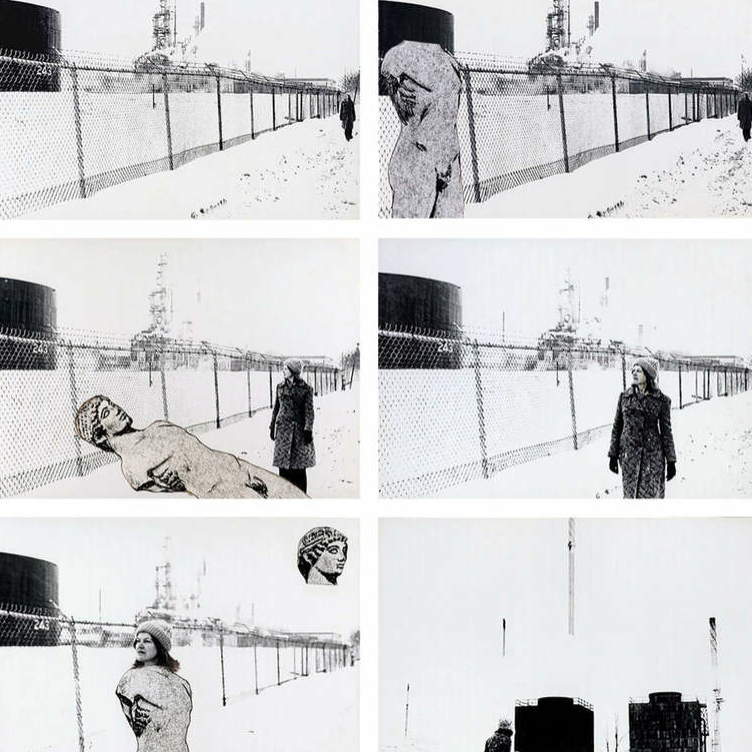 Walking, Stacking, Dancing
Françoise Sullivan’s conceptual 1970s
By Annie Gérin
Walking, Stacking, Dancing
Françoise Sullivan’s conceptual 1970s
By Annie Gérin
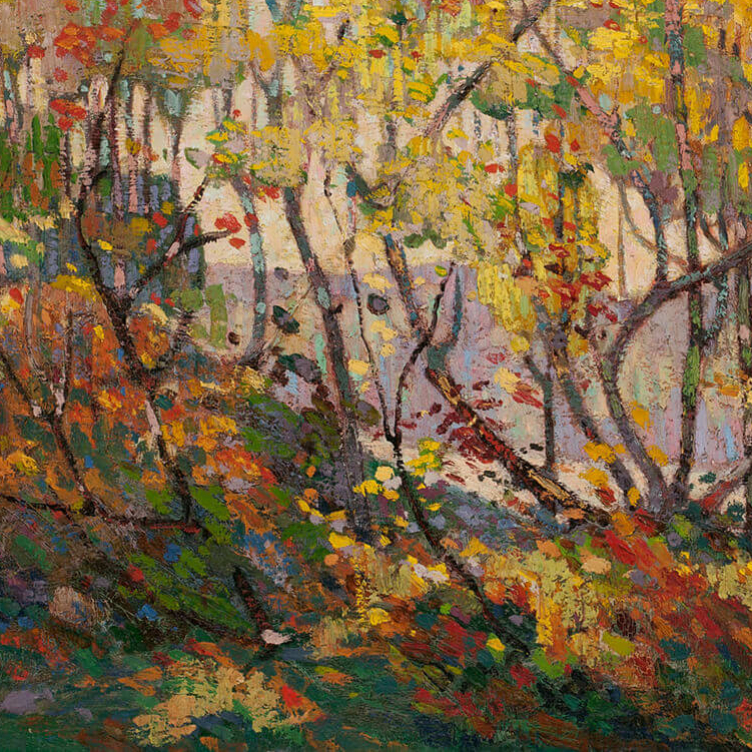 The Extraordinary North
Tom Thomson’s diary of landscape
By David P. Silcox
The Extraordinary North
Tom Thomson’s diary of landscape
By David P. Silcox
 A Champion of Abstraction
Jock Macdonald sought a new expression in art
By Joyce Zemans
A Champion of Abstraction
Jock Macdonald sought a new expression in art
By Joyce Zemans